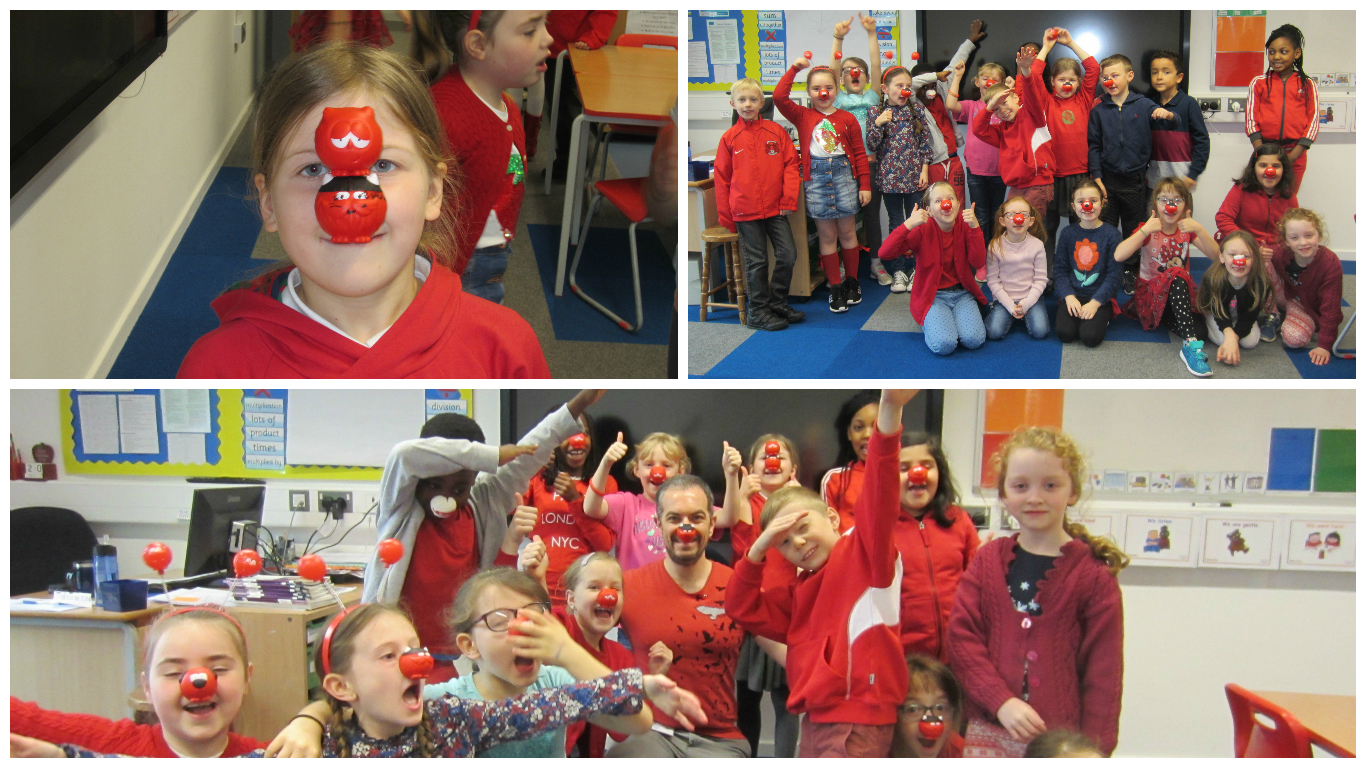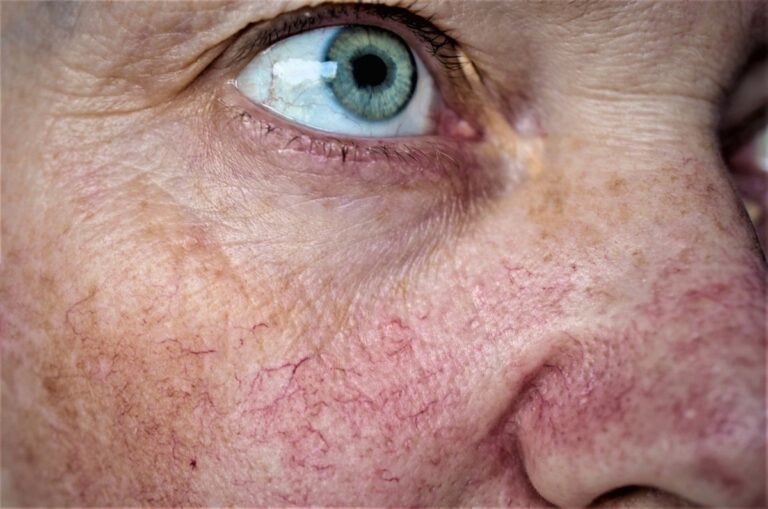Sensational Info About How To Treat A Red Nose

Facial redness can be characterized by spidery blood vessels, thickened uneven skin around the nose, or flushed skin across the cheeks.
How to treat a red nose. They are not usually a cause for concern. Remember that a red nose can be a sign of an underlying medical problem, such as lupus or scleroderma, so it's always a good idea to see a doctor if the redness. Method 1 treating spider veins naturally download article 1 stay hydrated.
Massage natural, raw honey into your nose. 8 causes of a red nose 1. Rhinophyma is a skin disorder characterized by a large, red, bumpy or bulbous nose.
Phototherapy, using light to treat eczema special eczema moisturizers, such as e45, available for purchase over the. Allow the honey to sit on your nose for 10 minutes and then rinse. Causes early stages symptoms diagnosis treatment summary rhinophyma is a skin disorder that causes the nose to become enlarged.
Treat your skin gently. Other treatments that may work include: Use a humidifier at night while sleeping to ensure that skin does not get dried out, says rudu.
Some face creams may help reduce redness. Treatment when to see a doctor summary red spots on the nose can have many causes like acne, rosacea, and freckles. Steroid creams, especially if the nose is red and itchy oatmeal products to soothe the skin.
Apply some aloe vera gel to soothe irritated skin after each nose blow. Rosacea symptoms rosacea on the nose stages treatment summary rosacea can cause redness and. Acne contact dermatitis, seborrhoeic dermatitis and.
For additional relief, she suggests adding essential oils or calming. It occurs due to dilated. Aerobic exercise, like running being stressed if you're not sure it's rosacea rosacea can look a lot like other conditions, such as:
What is rhinophyma? While the precise effects are unclear, many people swear by water's positive impact on. Use a nonsoap cleanser two times a day and moisturize.
Rosacea is a chronic skin condition that often manifests as facial redness, particularly on the nose. It can occur as part of phymatous rosacea.


















